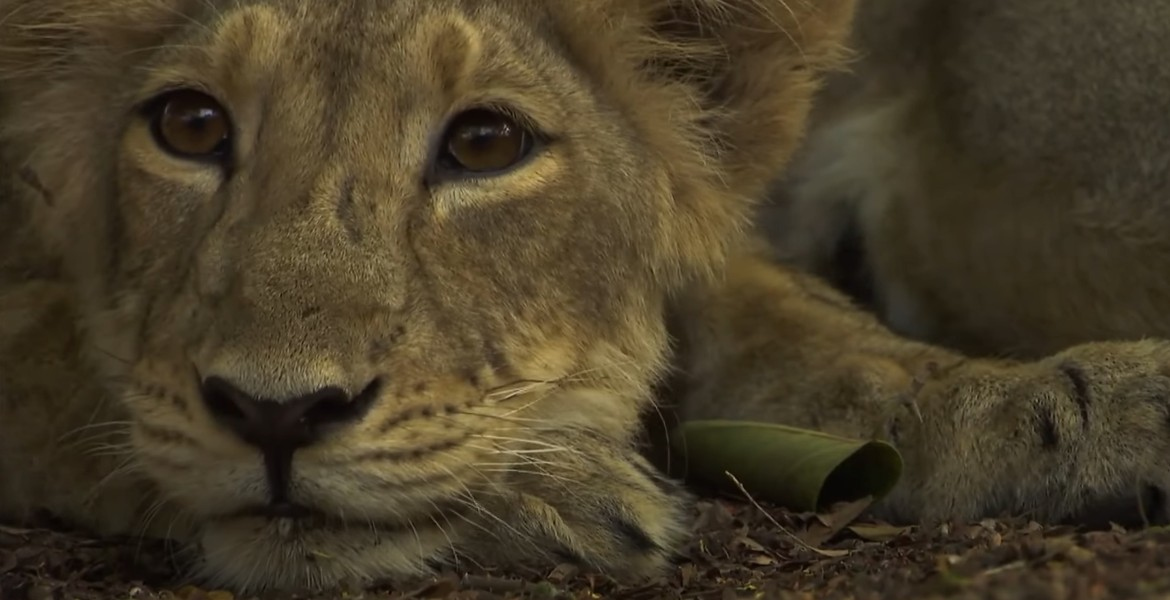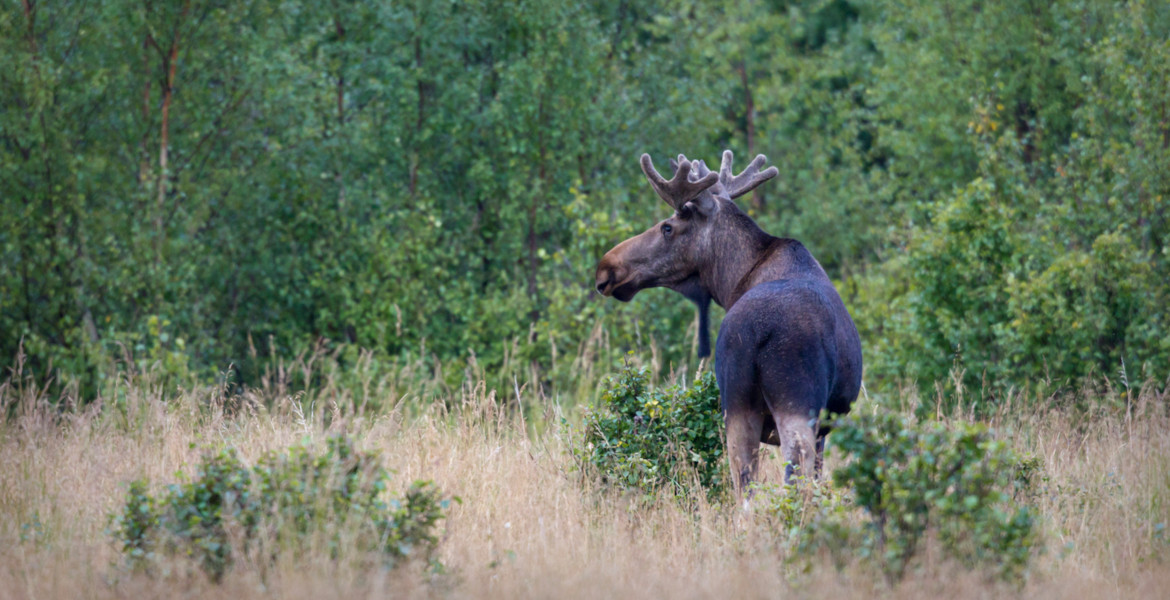Asian lions have seen a strong resurgence in India in recent years. A new count shows that the population has increased by over 30 percent in just five years.
The number of Asian lions in the state of Gujarat in western India has risen from 674 individuals in 2020 to 891, according to the latest official count (May 10–13, 2025), reports The Independent. This represents an increase of 32 percent.
The lions live mainly in and around Gir National Park – the only area in the world where this subspecies of lion exists in the wild.
The new figure was recently announced by Gujarat Chief Minister Bhupendra Patel.
– The number of lions in the state has gradually increased not just because of favorable geography and climate, but due to our government's consistent and careful approach to wildlife conservation, said Patel.
This morning, on #WorldWildlifeDay, I went on a Safari in Gir, which, as we all know, is home to the majestic Asiatic Lion. Coming to Gir also brings back many memories of the work we collectively did when I was serving as Gujarat CM. In the last many years, collective efforts… pic.twitter.com/S8XMmn2zN7
— Narendra Modi (@narendramodi) March 3, 2025
Growing population
Over the past decade, the population has grown steadily, and lions have now spread to eleven districts in the Saurashtra region of Gujarat, where they can be observed in forests, grasslands, agricultural areas, and even coastal areas.
Of the 891 individuals, 196 are adult males, 330 are adult females, 140 are young adults (sub-adults), and 225 are cubs, according to state government figures.
Gujarat attributes the success to several efforts: regular monitoring, enhanced veterinary care, water and feed resources in the wild, and programs to reduce conflicts between humans and predators.
Drones, sensors, and camera traps are also used in an extensive monitoring network.
Vulnerability remains
Despite the increase, however, the lions remain vulnerable. The species is classified as vulnerable on the international red list, and threats include genetic inbreeding, diseases that can spread rapidly in the densely concentrated population, and fires and floods in the Gir Forest.
Sanjeev Kumar, Chief Secretary for Forest and Environment in Gujarat, explains.
– The holding capacity of national park and sanctuaries will be increased by intervention and habitat improvement. There is still scope of increasing the holding capacity and the forest and environment department is working in that direction.
Gujarat has previously opposed proposals to transplant parts of the population to other parts of India, including the state of Madhya Pradesh, which has led to debate within the country's environmental movement.
Asian lions (Panthera leo persica) are genetically and physically distinct from their African relatives. They are slightly smaller in size, have shorter manes in males, and live in smaller prides.
FACTS: Gir National Park
- Location: Located in the state of Gujarat, western India
- Established: 1965 (as a national park; the reserve was established earlier, in 1913)
- Area: Approximately 1,412 square kilometers (including the national park and adjacent wildlife sanctuary)
- Purpose: To preserve the last wild population of Asiatic lions (Panthera leo persica)
- Ecosystem: Dry deciduous forest, savannah, and scrub forest with semi-desert elements
- Animal species: In addition to Asiatic lions, there are leopards, spotted hyenas, Indian crocodiles (mugger crocodiles), axis deer (chital), sambar deer, and over 300 bird species
- Threats: Forest fires, drought, genetic inbreeding, disease, and human impact such as habitat loss and conflicts with humans












